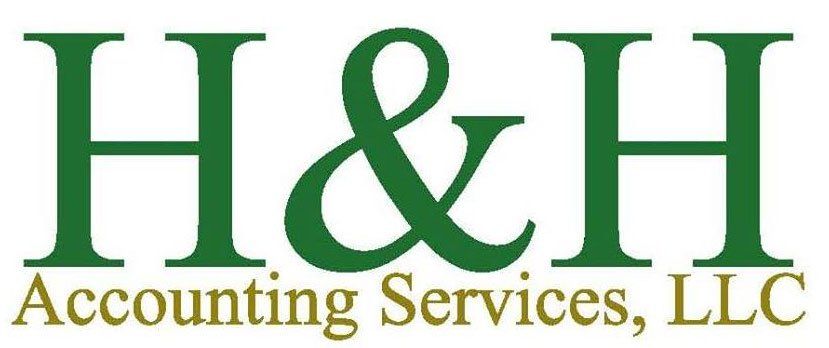Q4 Tax Planning Moves Arizona Business Owners Should Make Before December 31

As the year winds down, business owners in Arizona should take a close look at their financials before December 31. The final quarter of the year offers one last opportunity to make strategic moves that can reduce taxable income, improve cash flow and set the stage for a strong start to 2026.
Smart year-end tax planning is not just about cutting a check to the IRS for less; it’s about timing, structure and taking advantage of every deduction and credit available under current tax law.
Accelerated Depreciation and Section 179
One of the most powerful year-end tools available to businesses is accelerated depreciation. Under Section 179, qualifying equipment, machinery, vehicles and certain software purchases can be fully expensed in the year they’re placed in service.
For 2025, the Section 179 limit remains generous, allowing most small and midsize businesses to write off up to $1,250,000 in eligible assets, with a phase-out threshold beginning at $3,130,000.
Arizona follows federal depreciation rules, which means businesses can typically benefit from the same expensing opportunities at both the federal and state level. Timing is key, as the equipment must be both purchased and put into service before December 31 to qualify.
Bonus depreciation also remains available for many types of new and used assets, though at a reduced percentage compared to prior years. Even so, combining Section 179 with bonus depreciation can create a meaningful year-end deduction that significantly lowers taxable income.
For example, an Arizona construction company purchasing and putting into service new heavy equipment in December can expense the full cost in 2025, freeing up cash flow for early 2026. The same principle applies for technology upgrades, vehicles or furniture. If it supports operations, it likely qualifies.
Maximize Retirement Plan Contributions
Another highly effective tax planning strategy is contributing to retirement plans before year-end. Business owners who sponsor a SEP IRA, SIMPLE IRA or 401(k) can use these plans to reduce taxable income while building personal wealth for the future.
For 2025, the elective deferral limit for 401(k) plans is $23,000, with an additional $7,500 catch-up contribution for those aged 50 or older. Employers can also make matching or profit-sharing contributions, potentially bringing total plan contributions depending on the plan structure and participant age.
If a business does not yet have a retirement plan in place, there may still be time to establish one before year-end. Certain plans can even be created after December 31 and still allow deductible contributions for the tax year, depending on the entity type and filing deadline.
Business owners in Arizona can also take advantage of federal tax credits for setting up new retirement plans.
The SECURE 2.0 Act expanded the small employer startup credit, covering up to 100 percent of eligible administrative costs for businesses with 50 or fewer employees, with additional credits for employer contributions.
Timing Business Expenses and Income
Managing the timing of expenses and income is a foundational year-end tax strategy. Businesses can often shift taxable income between years by adjusting when they pay bills, issue invoices or recognize revenue.
Businesses that operate on a cash basis can accelerate certain expenses to lower taxable income for the current tax year, like prepaying vendor invoices, stocking up on supplies or making charitable contributions before year-end. Similarly, deferring customer billing until early January can push income into the next tax year, which may reduce business taxes depending on overall financial position and projected profitability.
For accrual-basis businesses, the strategy is more nuanced but can still be impactful. Ensuring all year-end expenses are properly accrued, including bonuses, payroll taxes and professional fees, can ensure deductions are not lost to timing errors.
Arizona business owners should also review accounts receivable and inventory before year-end. Writing off uncollectible accounts or adjusting slow-moving inventory can provide additional deductions while keeping financials accurate for tax reporting.
Review Entity Structure and Tax Elections
Q4 is also an ideal time to review your business entity structure and tax elections. The optimal structure, whether an S corporation, partnership or LLC, can change as income grows or business activity shifts.
An entity taxed as an S corporation, for example, allows business owners to take part of their earnings as a reasonable salary and the rest as a distribution, which may lower self-employment taxes. However, S corporations have additional payroll and compliance requirements that need to be considered.
Other planning opportunities include evaluating the benefits of the Qualified Business Income (QBI) deduction. The calculation can be complex, but year-end adjustments to payroll, retirement contributions or expense timing may help maximize this deduction.
Get Expert Business Tax Preparation Guidance in Phoenix, AZ
Even experienced business owners benefit from a year-end review with a professional accountant and business tax preparer. Schedule a year-end review with H&H Accounting Services today by calling (480) 561-5805.



